Obedient Plant Companions: The Best Plants To Grow With This Vigorous Perennial
Obedient Plant Companions: The Best Plants to Grow with This Vigorous Perennial
Obedient plants (Physostegia virginiana) are a popular choice for gardeners because of their colorful flowers, long bloom time, and easy care. But what plants go well with obedient plants?
In this blog post, we will discuss some of the best companion plants for obedient plants. We will also provide some tips on how to choose the right companions for your garden.
Obedient Plant Characteristics
Obedient plants are tall, upright perennials that can grow up to 4 feet tall. They have lance-shaped leaves and spikes of small, tubular flowers that bloom in shades of pink, lavender, white, or red. Obedient plants are native to North America and are hardy in USDA zones 3-9.
Obedient Plant Care
Obedient plants are easy to care for. They prefer full sun or partial shade and moist, well-drained soil. They are drought tolerant once established, but they will benefit from regular watering during the summer months. Obedient plants do not require a lot of fertilizer, but they may benefit from a light application of compost in the spring.
Obedient Plant Companions
There are many different plants that can be grown with obedient plants. Here are a few of our favorites:
- Caryopteris: Caryopteris is a blue-flowering shrub that blooms in late summer. It is a good companion for obedient plants because it has similar light and soil requirements.
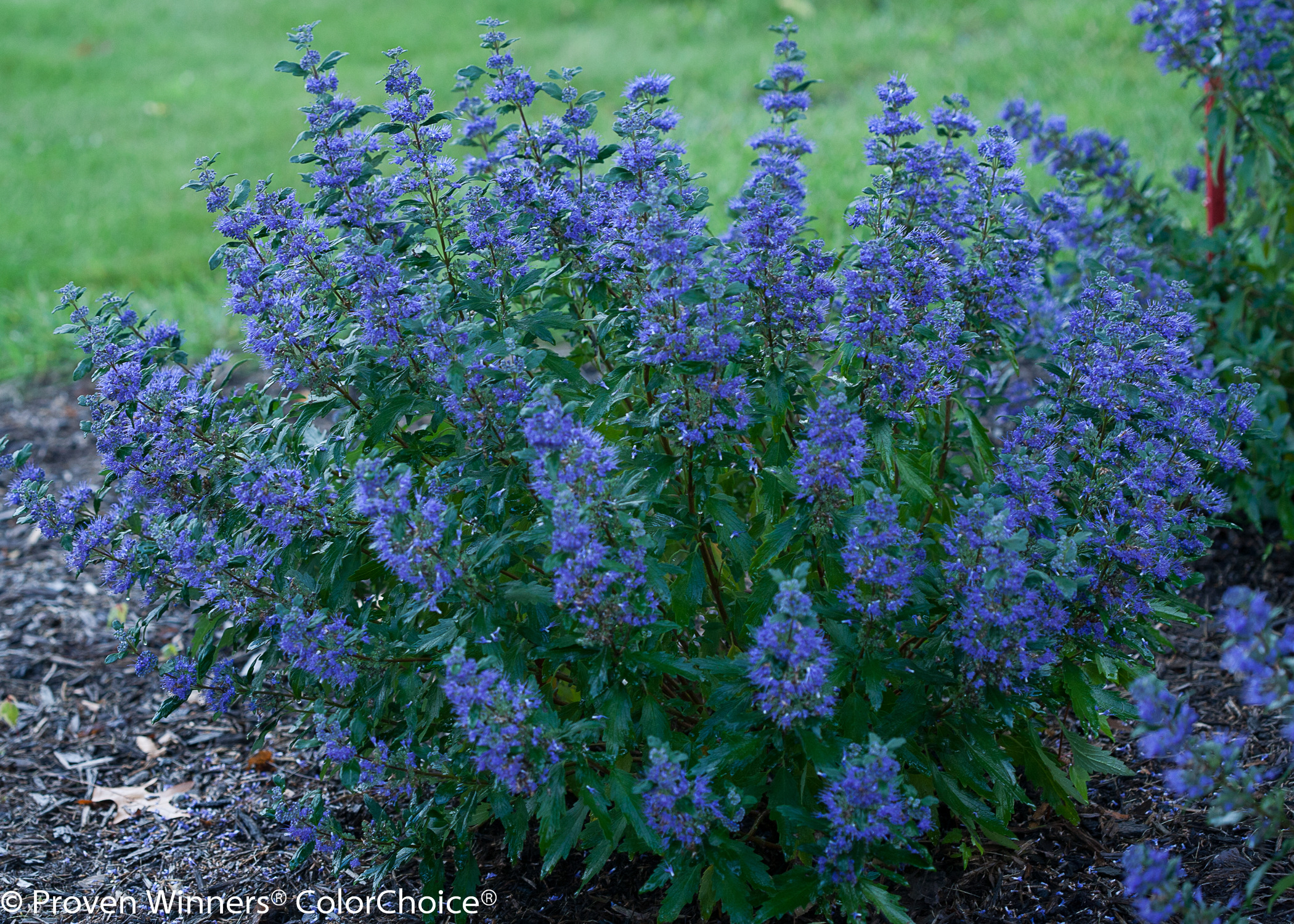
- Russian sage: Russian sage is another blue-flowering shrub that blooms in late summer. It is a good companion for obedient plants because it is drought tolerant and has a similar height.
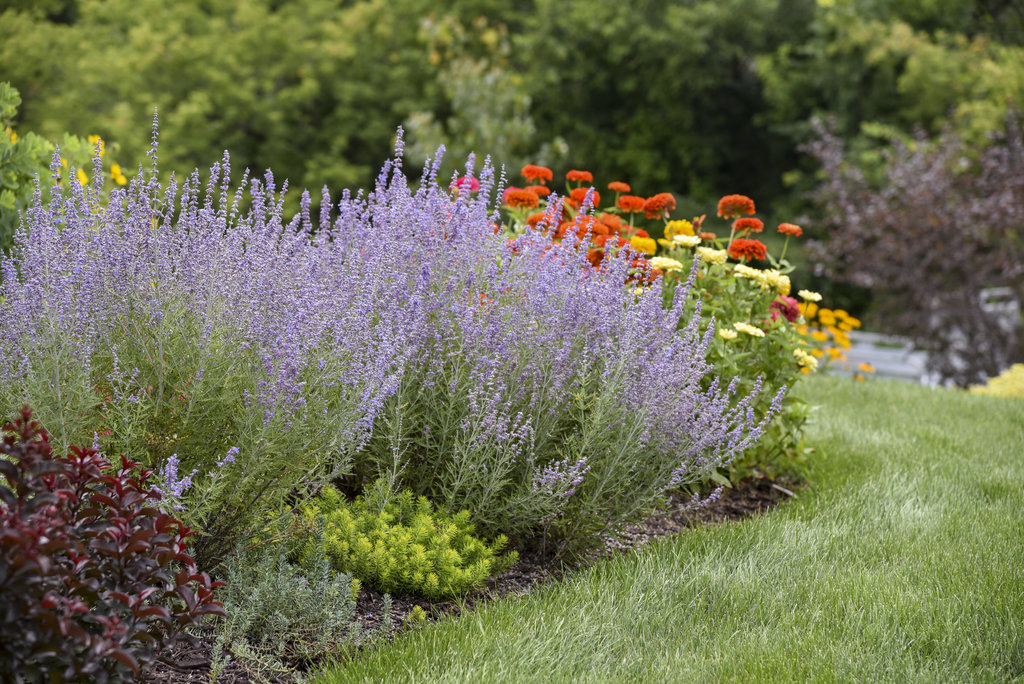
- Catmint: Catmint is a lavender-flowering perennial that blooms in summer. It is a good companion for obedient plants because it is deer resistant and has a similar spreading habit.
- Asters: Asters are a group of flowering plants that bloom in late summer and fall. There are many different varieties of asters, so you can find one that will complement the colors of your obedient plants.
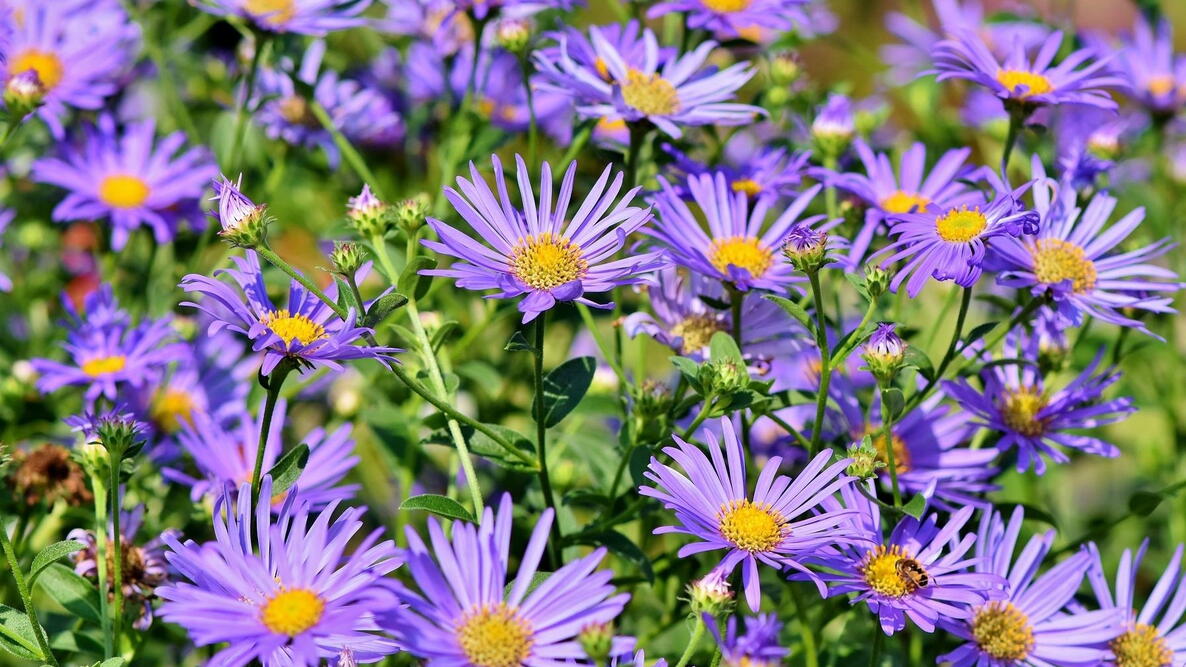
- Sedum: Sedums are a group of succulent plants that bloom in summer. They are a good companion for obedient plants because they are drought tolerant and have a similar texture.

- Coneflowers: Coneflowers are a group of flowering plants that bloom in summer. There are many different varieties of coneflowers, so you can find one that will complement the colors of your obedient plants.
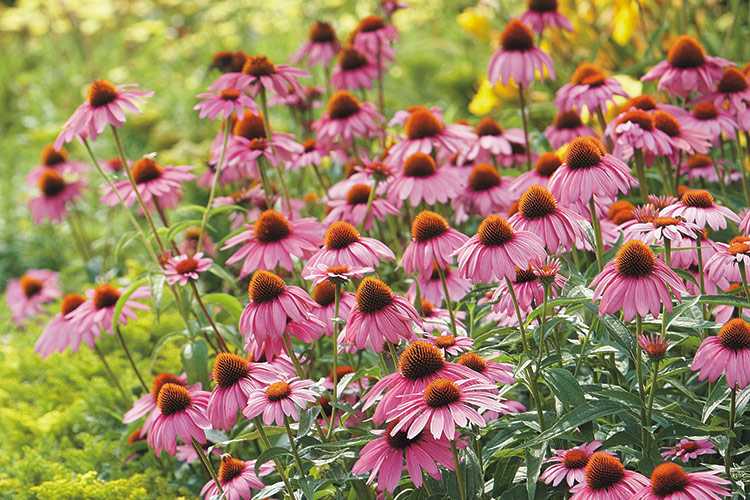
Choosing Companion Plants
When choosing companion plants for obedient plants, there are a few things to keep in mind:
- Light requirements: Obedient plants prefer full sun or partial shade, so make sure to choose companion plants that have similar light requirements.
- Soil requirements: Obedient plants prefer moist, well-drained soil, so make sure to choose companion plants that have similar soil requirements.
- Height: Obedient plants can grow up to 4 feet tall, so make sure to choose companion plants that have a similar height or that will not be overwhelmed by the obedient plants.
- Color: Obedient plants come in a variety of colors, so choose companion plants that will complement the colors of your obedient plants.
Conclusion
Obedient plants are a versatile and easy-care perennial that can be grown in a variety of gardens. By choosing the right companion plants, you can create a beautiful and harmonious garden that will last for years to come.
Obedient plants are a fun and easy-to-grow addition to any garden. They are also known as false dragonheads, and their flowers can be white, pink, purple, or lavender. What makes obedient plants so special is that they can be bent and moved without breaking. This makes them a great choice for creatingtopiariesor other garden sculptures.
If you are thinking about adding obedient plants to your garden, you may be wondering what other plants would make good companions. Here are a few suggestions:
- Coneflowers: Coneflowers are tall, sturdy plants that will provide a good backdrop for the shorter obedient plants. They also bloom at the same time, so you will have a long period of color in your garden.
- Echinacea: Echinacea is another tall, sturdy plant that is known for its medicinal properties. It blooms in shades of pink, purple, and white, so it will complement the obedient plants nicely.
- Black-eyed Susans: Black-eyed Susans are a low-maintenance plant that is easy to grow. They bloom in shades of yellow, orange, and red, so they will add a pop of color to your garden.
- Bee balm: Bee balm is a great plant for attracting pollinators to your garden. It blooms in shades of red, pink, and purple, and it has a sweet fragrance that bees love.
If you are looking for more information about obedient plant companions, I recommend visiting Gardenia Inspiration. This website has a wealth of information on obedient plants, including a list of recommended companions.
FAQ of obedient plant companions
Q: What are some good companions for obedient plants?
A: Obedient plants (Physostegia virginiana) are tall, colorful perennials that bloom in late summer and early fall. They are relatively easy to care for and can be grown in a variety of conditions. Some good companions for obedient plants include:
- Asters: Asters are another type of tall, colorful perennial that blooms in the fall. They come in a variety of colors, including pink, purple, white, and blue. Asters and obedient plants have similar growing conditions, so they make good companions.

- Bee balm: Bee balm is a native North American plant that blooms in shades of pink, red, and purple. It is a magnet for bees and butterflies, so it is a great way to attract pollinators to your garden. Bee balm and obedient plants have similar water and soil requirements, so they make good companions.
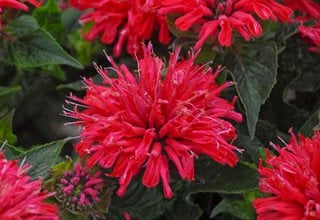
- Cardinal flowers: Cardinal flowers are tall, red perennials that bloom in the summer. They are a popular choice for borders and cutting gardens. Cardinal flowers and obedient plants have similar sun and soil requirements, so they make good companions.
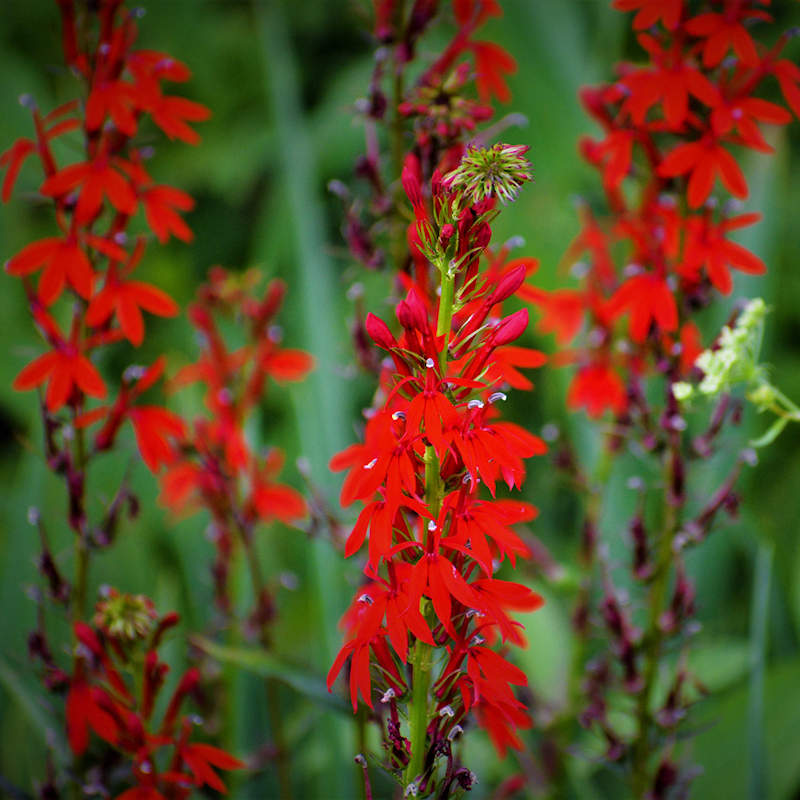
- Ferns: Ferns are a great way to add texture and interest to your garden. They come in a variety of shapes and sizes, so you can find one that suits your needs. Ferns and obedient plants have different water and soil requirements, so it is important to plant them in separate areas of your garden.
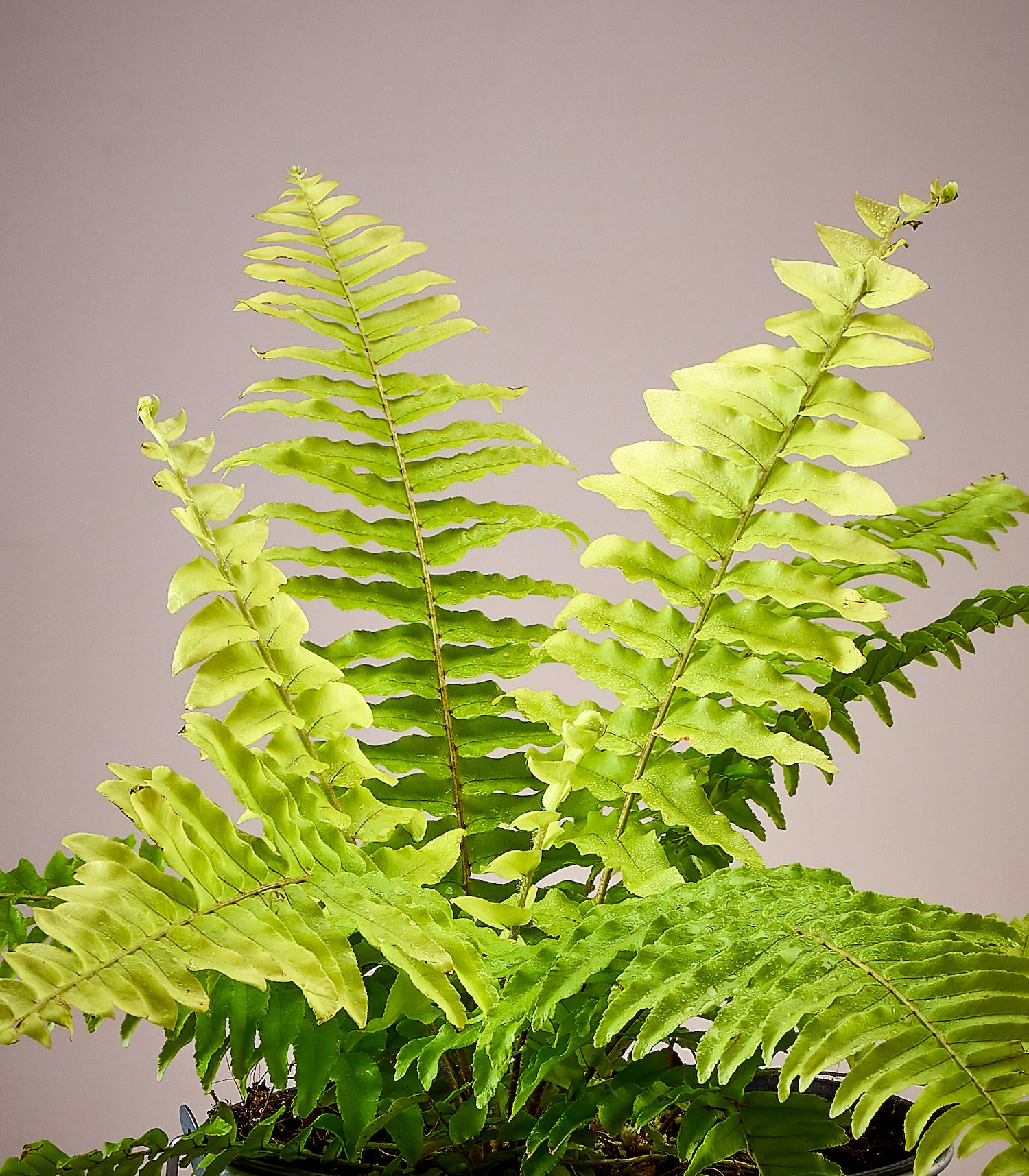
- Ligularia: Ligularia is a tall, leafy perennial that blooms in shades of yellow, orange, and red. It is a good choice for shady areas. Ligularia and obedient plants have similar water and soil requirements, so they make good companions.

Q: What are the benefits of planting obedient plant companions?
A: There are several benefits to planting obedient plant companions. First, they can help to extend the flowering season in your garden. Second, they can help to attract pollinators, such as bees and butterflies. Third, they can help to provide structure and interest in your garden. Finally, they can help to fill in empty spaces in your garden.
Q: How do I choose the right companions for my obedient plants?
A: When choosing companions for your obedient plants, it is important to consider the following factors:
- Sun and soil requirements: Make sure that your chosen companions have similar sun and soil requirements as your obedient plants.
- Height: Consider the height of your obedient plants and choose companions that will not outgrow them.
- Color: Choose companions that will complement the colors of your obedient plants.
- Bloom time: Choose companions that will bloom at the same time as your obedient plants or at different times of the year to extend the flowering season in your garden.
Q: How do I plant obedient plant companions?
A: To plant obedient plant companions, follow these steps:
- Prepare the soil by loosening it with a shovel or garden fork.
- Add compost or other organic matter to the soil to improve drainage and fertility.
- Space the plants according to their mature size.
- Water the plants well after planting.
Q: How do I care for obedient plant companions?
A: Obedient plant companions are relatively easy to care for. They need full sun to partial shade and well-drained soil. Water them regularly, especially during hot, dry weather. Fertilize them once a year in the spring with a balanced fertilizer.
Image of obedient plant companions
- Phlox: Phlox is a classic companion plant for obedient plants. The two plants have similar growing requirements and bloom at the same time, creating a beautiful and colorful display.
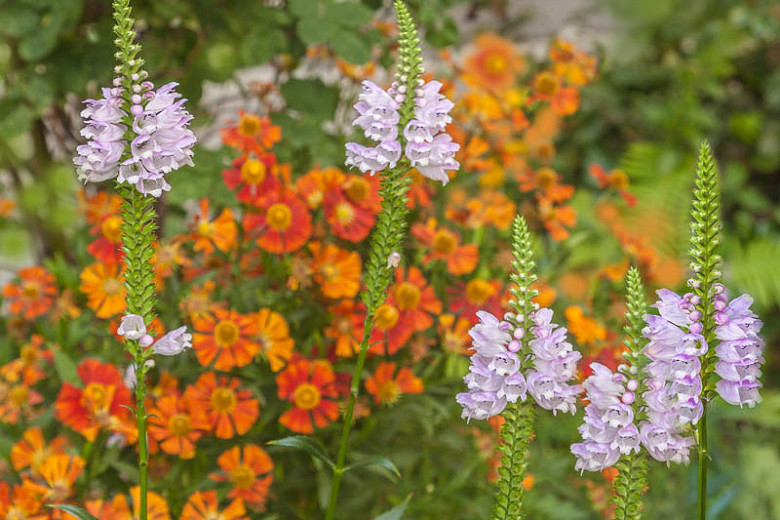
- Butterfly weed: Butterfly weed is another great companion plant for obedient plants. The bright orange flowers of butterfly weed attract butterflies and other pollinators, which will help to keep your obedient plants healthy.

- Daylilies: Daylilies are a versatile plant that can be paired with a variety of other plants, including obedient plants. The long-lasting blooms of daylilies will add interest to your garden throughout the summer.
- Black-eyed Susans: Black-eyed Susans are a cheerful and easy-to-grow plant that is perfect for companion planting with obedient plants. The yellow and orange flowers of black-eyed Susans will complement the purple blooms of obedient plants.
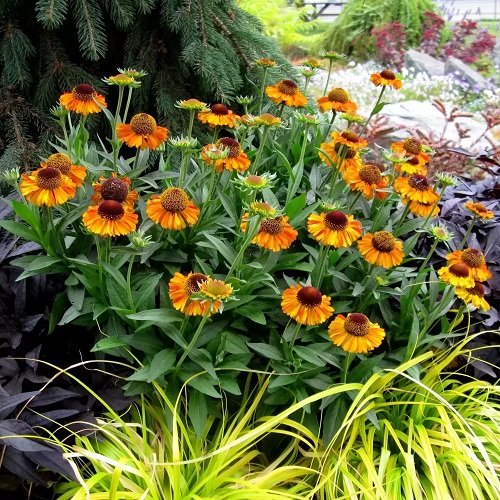
- Zinnias: Zinnias are a colorful and carefree plant that is perfect for adding a pop of color to your garden. The blooms of zinnias will attract butterflies and other pollinators, which will help to keep your obedient plants healthy.

Post a Comment for "Obedient Plant Companions: The Best Plants To Grow With This Vigorous Perennial"